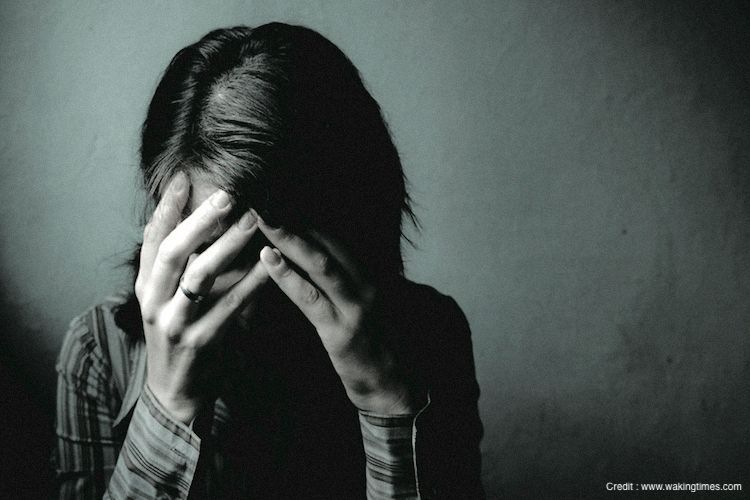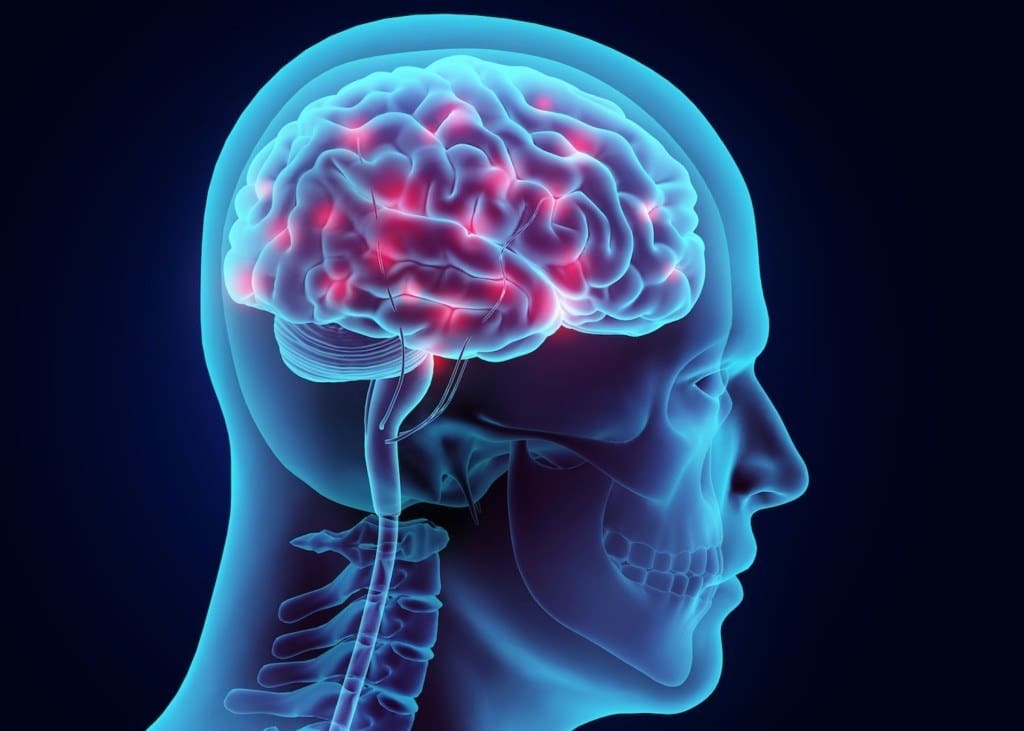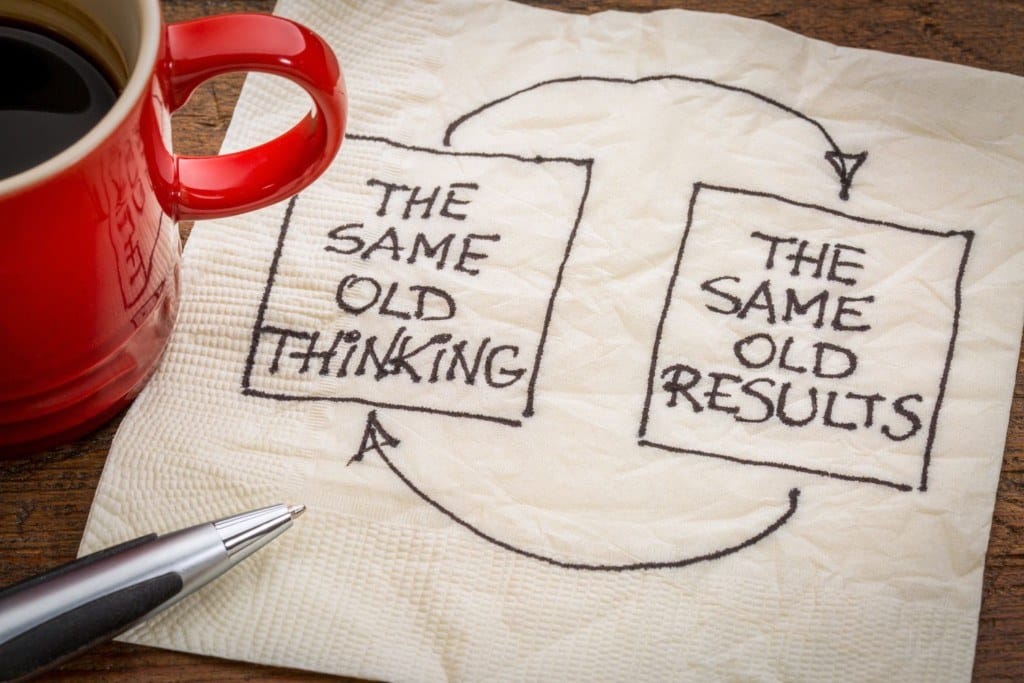Traumatic life events can have a severe impact on anyone who goes through them. However, children and adolescents are especially vulnerable to the effects of trauma. It can quickly take away any feelings of predictability and safety. A traumatic event or chronic ongoing trauma, such as domestic violence, physical or sexual abuse, can make it difficult for them to trust anything or anyone.
Humans often deal with trauma by pretending it did not happen and avoiding any potential reminders. Sadly, this method does not deal with the problem and can actually make things worse over time, resulting in addiction and mental health issues such as anxiety, depression and PTSD. Even if a diagnosable condition does not develop, trauma can cause emotional scars like trust issues and low self-esteem. Reasons such as these are why treating trauma, and early intervention if possible, is essential.
What is Trauma-Focused Cognitive Behavioural Therapy (TF-CBT)?
Trauma-Focused CBT is a type of cognitive behavioural therapy that addresses certain mental and emotional needs of trauma survivors who are having a hard time overcoming the damaging effects of traumatic past events.
Trauma-Focused CBT is one of the most effective types of treatment for a trauma-based disorder, particularly in adolescents and children. It was developed specially to treat people between the ages of 3 and 18. This somewhat short-term therapy model has consistently proven its effectiveness by many clinical studies.
Trauma & PTSD by Definition
Trauma can be described as an emotional, psychological response to an experience or event that is deeply disturbing or distressing. It can be referred to as having an injury or illness, being involved in an accident, experiencing a divorce or losing a loved one. Trauma can also include severely damaging experiences like torture or rape.
Even though most of us have experienced some sort of traumatic occurrence in our lifetime, we are all affected by it in different ways. Some people are unable to recover from the event, causing the effects to last longer than usual. As a result, the individual may live with symptoms of trauma until they seek professional help.
Since trauma responses cover such a wide spectrum, psychologists have chosen to categorise different types of trauma, including PTSD. PTSD, or Post-Traumatic Stress Disorder, is the psychological reaction to a very stressful or an extremely threatening event that causes mental health issues like depression, anxiety, suicidal tendencies and flashbacks. People with PTSD often feel scared or anxious, even if they are not actually in danger.
How does Trauma Affect the Brain?
When someone experiences trauma, their bodies and brains change. The brain records sensory details about the event and the memories can come up repeatedly. For many, this results in mood swings and troubling dreams that eventually go away with time. However, people who have developed PTSD will notice their symptoms worsening over time and affect their daily life.
The brain is made up of the reptilian, the mammalian and the neomammalian. Each part plays a role in the way we respond to trauma. The reptilian is our brain stem, which is in charge of our survival instincts. This part of the brain enters reactive mode during a traumatic event. Any process that is not essential gets shut off, and we enter survival mode.
The mammalian or ‘midbrain’ part of our brain processes learning and emotions. Unique to us mammals, the mammalian does not register thoughts of logic or time. Instead, it sees things as pleasurable (agreeable) or painful/distressing (disagreeable). We survive by repeating pleasure and avoiding pain.
Situated in our brain’s limbic section, the amygdala works as a filter by scanning the threat our brain has responded to and deciding whether or not it is an actual threat. If there is no real threat, it offers access to the neocortex. If it senses danger, other areas of the brain activate, resulting in what is known as fight or flight mode. The body then acts according to the instructions of the brain.
Trauma Survivors and Their Limbic System
In normal circumstances, the nervous system turns the body back into its usual status once the threat has passed. It does this by lessening stress hormones and enabling the brain to go back to its normal function. However, that reaction does not happen for some survivors of trauma. Instead, it keeps them in a responsive state.
The traumatic event is never given access to the neomammalian brain, which is the section of the brain that controls decision-making, cognitive processing, self-awareness and memory. It is also the area of the brain that enables us to process traumatic events and enables us to heal. For trauma survivors, the event stays stuck in the limbic brain, and the amygdala remains overly stimulated. Trauma survivor then become trapped in a circle of endless arousal, searching for and sensing threats everywhere.
Since the memory of the traumatic event stays in the limbic brain, which does not recognise the notion of time, events that occurred many years ago can seem as though they are happening right now. That is why people with PTSD continue to relive the trauma through nightmares and flashbacks and appear like they are stuck in the past.
What are the Benefits of TF-CBT?
Trauma-Focused CBT is based on the idea that our behaviours and feelings are a result of our thoughts and not external things such as situations, people or events. TF-CBT allows us to change and improve the way we think and act, regardless of what is happening externally. TF-CBT can involve numerous benefits including:
- Identifying negative emotions and thoughts
- Preventing addiction relapse
- Coping with loss and grief
- Managing anger
- Managing chronic pain
- Dealing with PTSD and overcoming trauma
- Overcoming sleep disorders
- Resolving relationship problems
TF-CBT’s underlying concepts are also based on other treatment methods and philosophies, including family therapy, behavioural therapy, cognitive therapy and humanistic psychology.
What are the Treatment Goals of TF-CBT?
Trauma can impact individuals in various ways. Even though some are resilient and do not develop serious behavioural or emotional problems, that is not the case for everyone. The main focus of TF-CBT is to address the symptoms activated by the trauma, along with any associated issues.
TF-CBT treatment goals include:
- Help the individual recognise and accept that they are not responsible for the trauma
- Decrease the person’s sense of shame and embarrassment
- Reduce symptoms related to or triggered by the trauma
- Assist the person in improving all areas of functioning that were affected by the trauma
- Lessen any acting out behaviour connected to the trauma
- Help mend and strengthen relationships, including communication and attachment
What are the Main Components of TF-CBT?
Trauma-Focused CBT has several main components, which are often represented by using the acronym PRACTICE.
P – Psychoeducation and Parenting
The therapist educates the person and help them realise what trauma is and what its effects are, including the behavioural and emotional responses that it tends to trigger in people. This also involves helping them with behaviour management strategies.
R – Relaxation Methods
The therapist teaches the individual effective and healthy relaxation methods to reduce and manage stress. These relaxation techniques may include breathing exercises, guided imagery and progressive muscle relaxation.
A – Affective Expression and Regulation Skills
Trauma frequently causes intense emotions including anger, fear and sadness. The therapist addresses this by assisting the person in learning to identify and express these overwhelming emotions. The therapist also helps them develop healthy ways to soothe anxiety and other negative emotions on their own.
C – Cognitive Coping Skills and Processing
People often find trauma to be quite confusing, and they may have a tough time processing things in a healthy way. Therapists can help them understand the link between behaviours, thoughts and feelings along with recognising and rectifying inaccurate thoughts about it.
T – Trauma Narrative and Processing
Sharing the traumatic event and its effect can be done through verbal, written, artistic or symbolic narratives. This offers the person a way to express and process the trauma and connected experiences. The therapist guides them in creating their narrative by using exposure exercises.
I – In Vivo Exposure
One of the most effective ways to overcome fear and anxiety is through exposure instead of avoiding anything that is linked to the trauma. In vivo exposure involves gradually exposing the individual to things that remind them of the trauma. This approach helps decrease their negative emotional responses to those reminders. It also helps them find ways to manage their emotional reactions to unexpected or future reminders.
C – Conjoint Therapy Sessions
These therapy sessions concentrate on creating and maintaining a healthy relationship within a family setting. It gives both parties an opportunity to practice communication skills and talk about the trauma in a therapeutic environment.
E – Enhancing Personal Safety and Future Growth
It is crucial for individuals who have experienced trauma to develop personal safety skills and learn how to form healthy relationships. Ways to avoid future trauma and stay safe, as well as means to keep healing and growing, are all discussed.
What Should You Expect in TF-CBT?
TF-CBT is designed to be a comparatively short-term treatment. Most cases of TF-CBT involve 12 to 18 therapy sessions, though it can also last anywhere from 8 to 25 sessions depending on the case. Likewise, the duration of each session can be from 50 to 90 minutes. In some circumstances, longer treatment may be necessary.
Cognitive behavioural techniques are used to adapt unhelpful or distorted thinking and negative behaviours and reactions. A family therapy may also be used at the same time to examine interactions between family members as well as other family dynamics that could be part of the problem. This approach can also help all parties develop better communication and stress management skills.
How Effective is TF-CBT?
Esther Deblinger, Judith Cohen and Anthony Mannarino originally developed trauma-focused CBT, all of whom are experienced doctors of medicine and psychology. The therapeutic treatment method has been carefully studied and polished over the last 25 years. 14 randomised and controlled trials have already been conducted in countries throughout Europe, the US and Africa, comparing the outcomes of completed TF-CBT sessions with those of other therapeutic approaches.
Each one of these studies established that this specific method was superior in providing trauma survivors and their immediate families with the support and direction required to overcome destructive traumatic experiences and associated disorders.
Trauma Histories and Co-occurring Disorders
Dual diagnosis is a term that describes a person who has two independent illnesses, such as addiction and PTSD. Trauma and addiction often co-occur for several reasons. A person with unresolved trauma may develop an alcohol, drug or behavioural addiction as a way to numb their emotions. Studies have found that up to 50% of adolescents with PTSD develop an addiction. Sadly, PTSD often makes it harder for them to quit using, resulting in a vicious cycle.
In cases of dual diagnosis, Trauma-Focused CBT can be used as a part of a more comprehensive treatment plan. Each illness requires a dedicated treatment plan for effective treatment to occur.
Trauma and Addiction Treatment at The Dawn Mental Health Retreat Thailand
The Dawn offers an integrated treatment model to co-treat trauma disorders and addiction. We also have specialist trauma treatment programme that focuses exclusively on PTSD. If you or someone you love are suffering with trauma and PTSD, now is the best time to reach out. Contact us today to receive a no-obligation assessment to find out how we can help.



